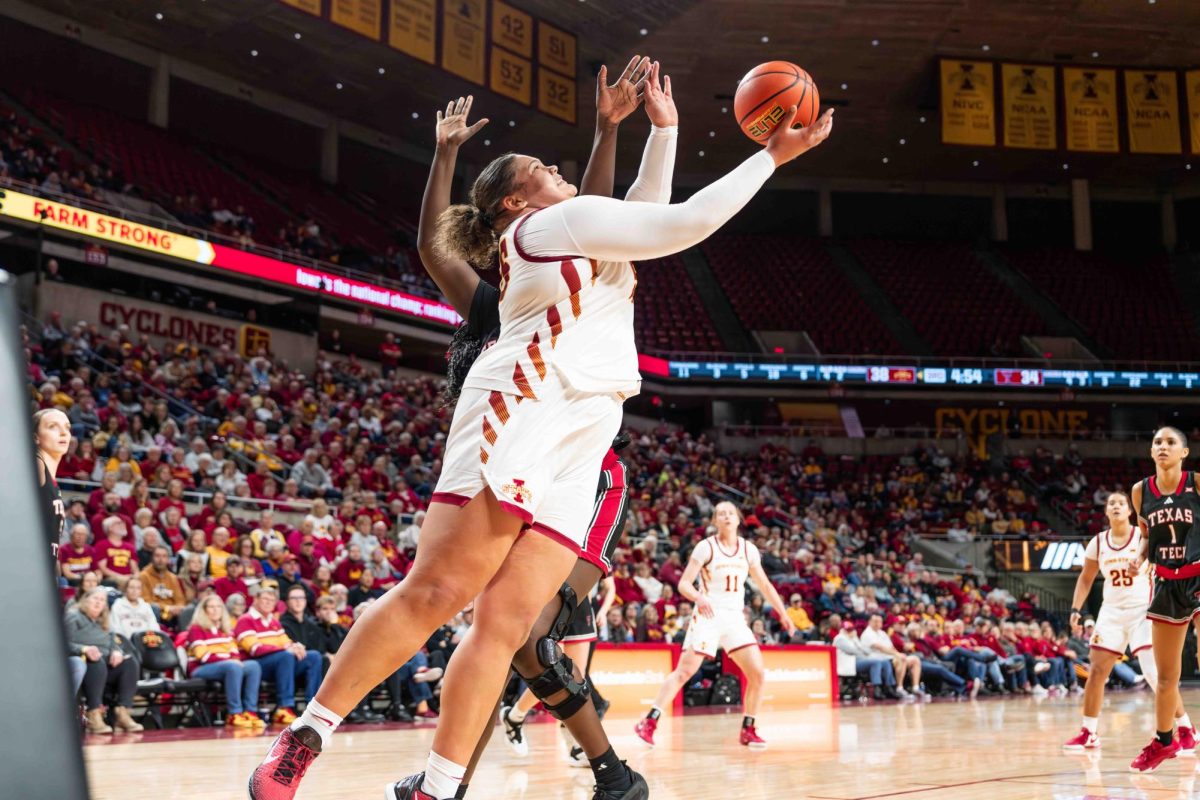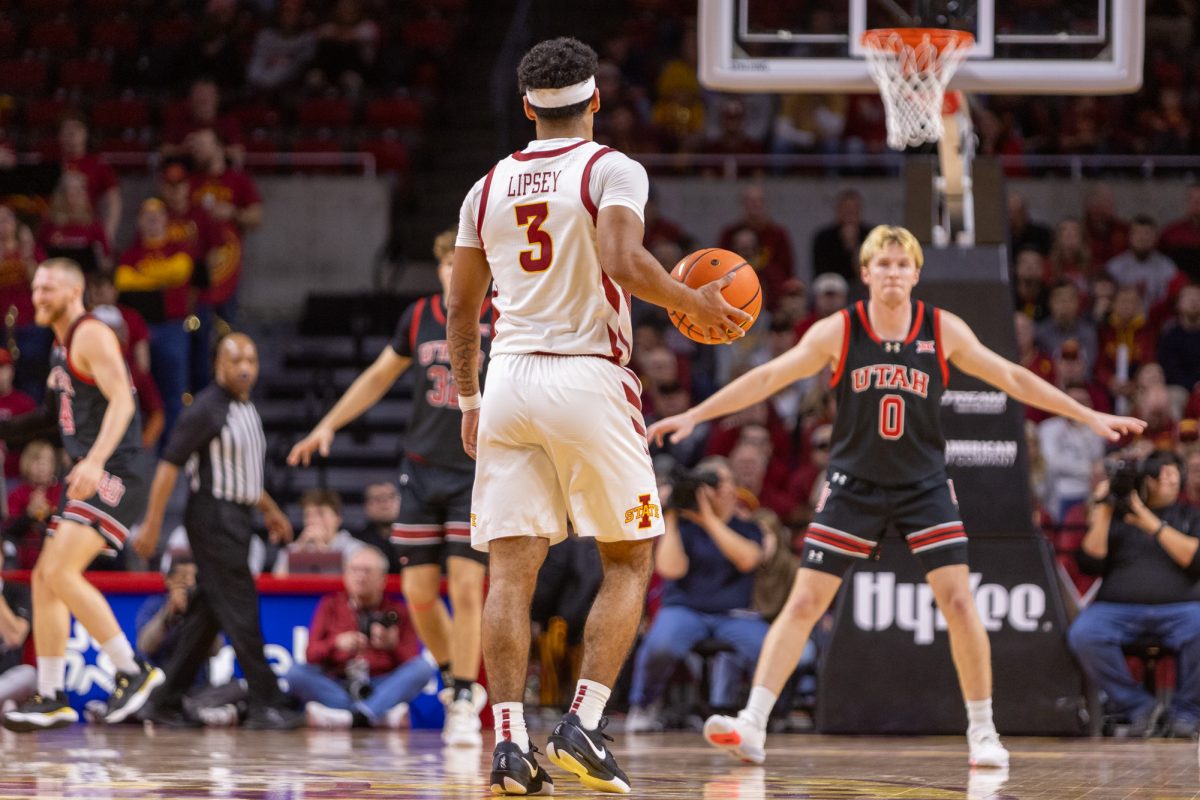Curiosity, innovation, bow ties
December 8, 2006
Daily Staff Writer
The ISU research community mourns the loss of Harry Svec, a former Manhattan Project researcher and physical chemistry pioneer who was described by family, friends and colleagues as a multi-talented “Renaissance man.”
Svec passed away on Nov. 28 at Green Hills Health Care Center, 2200 Hamilton Drive, from the cumulative effects of a stroke. He was 88. He was best known for his work refining uranium in the United States’ race to develop atomic weaponry and revolutionary work in mass spectrometry, the characterization of atoms and molecules using their unique mass-to-charge ratios.
“He did pretty darn well,” said Memorial Union Marketing Director Kathy Svec as she recalled her father’s eventful life. “He was quite a force.”
Harry was born on June 24, 1918, in Cleveland. He originally planned to attend medical school after graduating with biology, chemistry and mathematics degrees from Cleveland’s John Carroll University, but his father’s death left him unable to secure a loan.
He then chose to come to Iowa State College in the fall of 1941 to study biochemistry, receiving a chemistry teaching assistantship. He initially researched the use of corn cobs in synthetic rubber, and his other responsibilities included crafting laboratory glassware for the chemistry department and teaching chemistry to naval officers after the onset of World War II.
Harry was eventually drafted out of the classroom, but ISC researcher Frank Spedding had better uses for him.
“After the physical exam, he sat in a room as men were called away one-by-one for their roles, and soon he was one of the last men left in the room,” Kathy said. “He asked why his name hadn’t been called; the officer looked through his papers and said he was going back to Ames to report to someone named Spedding. Spedding had intervened with someone higher up to not lose him.”
Harry returned to Ames to begin work with the super-secret Manhattan Project. The research team developed a procedure to isolate uranium effectively for conversion into weapons-grade plutonium.
“People all over the world were racing to figure out atomic energy,” Kathy said. “It was crucial for the U.S. to develop it first.”
Following Harry’s work with the Manhattan Project, Spedding became his major professor, leading him down an entirely new career path. Harry attained his Ph.D. in physical chemistry in 1950 under Spedding, exploring the relatively novel field of mass spectrometry.
Harry was the first at Iowa State to investigate this growing field of study.
“Don’t underestimate the role of fashion in research,” Harry once said. “At any one time, some kinds of research are fashionable, and so they are funded and encouraged.”
He studied mass spectrometry for the rest of his career at Iowa State. During that time, he estimated that he and his team had built 20 to 25 mass spectrometers, the first of their kind at Iowa State.
Robert Conzemius, a former chemistry master’s student and researcher in Harry’s mass spectrometry group, said Harry’s passion and enthusiastic encouragement of students were some of the reasons he chose to work under him.
“He gave great support to students,” Conzemius said. “When I met him, I immediately saw his love for laboratory work.”
Harry later served as president of the American Society of Mass Spectrometry and founding editor of the International Journal of Mass Spectrometry and Ion Physics. His research also determined the precise, now official, atomic weights of several elements. He was named a university distinguished professor in 1978, and was named professor emeritus upon his retirement in 1983.
John Verkade, university professor of chemistry, remembered Harry as a very friendly, forthright person who always wore a smile and a bow tie.
“He was very energetic,” Verkade said. “He was very good-humored; I had never seen him angry.”
Kathy described her father as a family man and jack-of-all-trades, recalling his woodworking, mechanical tinkering, gardening, household inventions and love of music.
Harry met his future wife, Edna Bruno Svec, shortly after he arrived at Iowa State. The pair met at a dance, and for much of their married life continued to attend dances, often with Harry decked out in matching cummerbunds and bow ties that Edna had sewn.
Kathy recalled that her father taking the family on educational trips always pointing out animals, plants, geological features and other scientific wonders to his nine children.
“He was always the teacher,” Kathy said.
“He had such an extensive knowledge of the natural world. There was nothing that was not interesting to him.”
Harry is survived by Edna, his wife of 63 years, and his nine children and their families. Services will be held Friday at St. Cecilia Catholic Church, 2900 Hoover Ave., at 1 p.m., with a buffet and remembrance celebration following at 5:30 p.m. in the church’s social hall. Memorials may be directed to the ISU chemistry department building fund or the Ames Historical Society.






